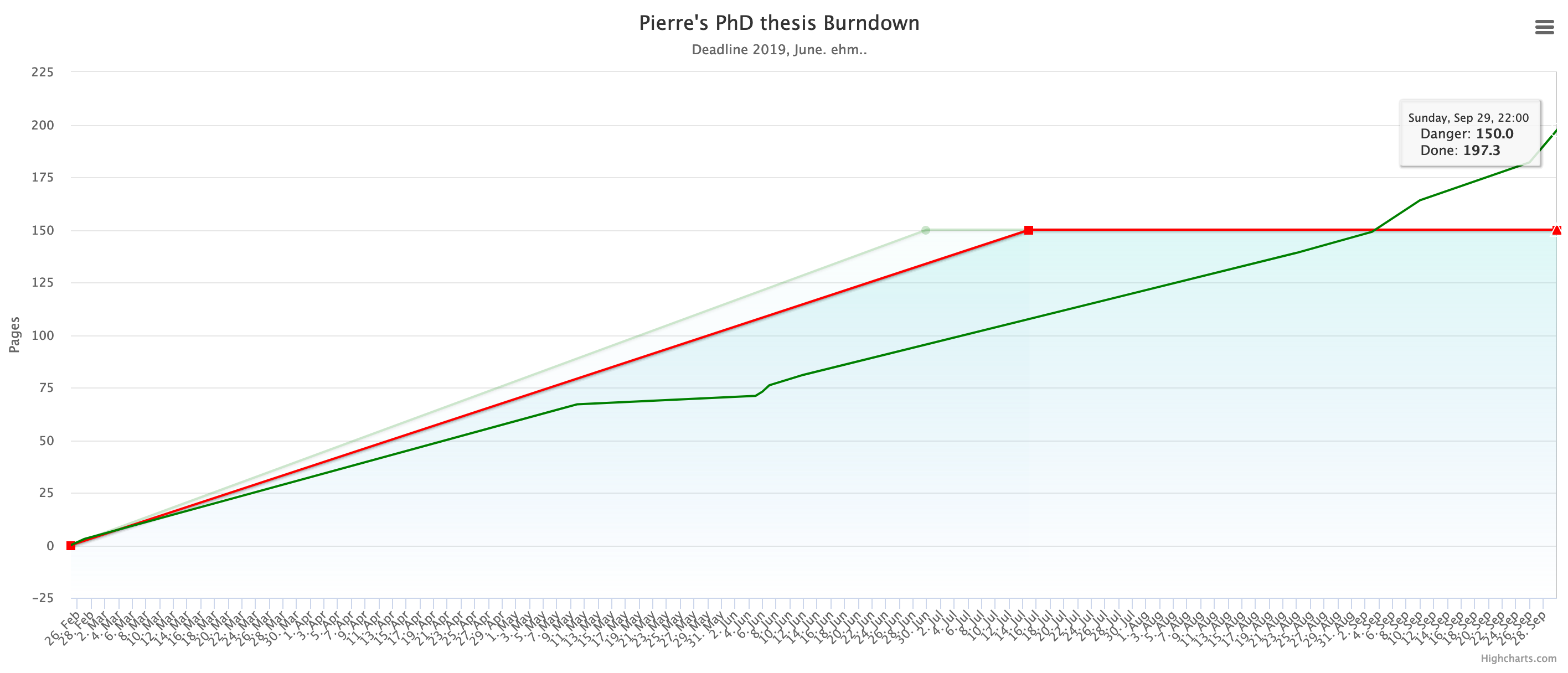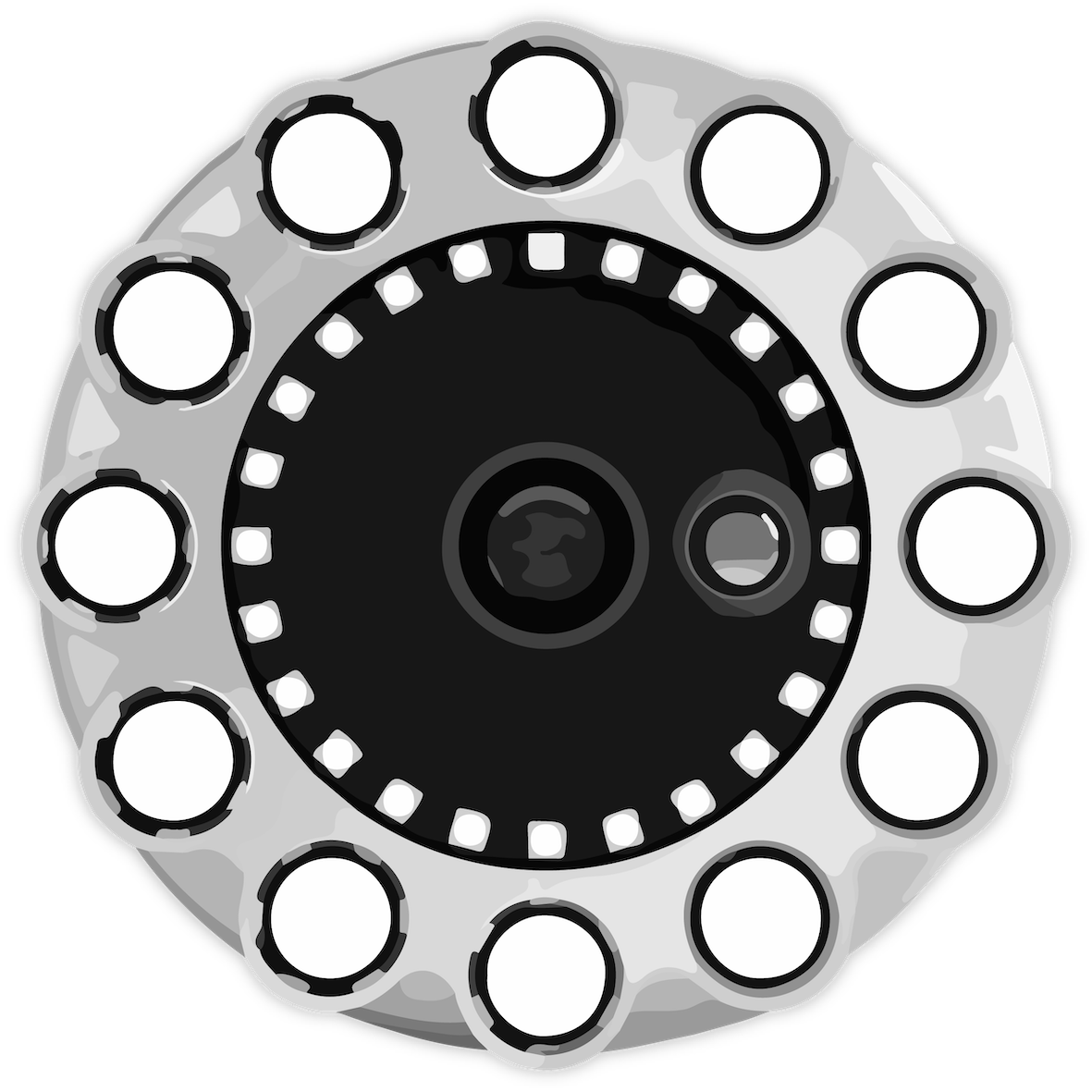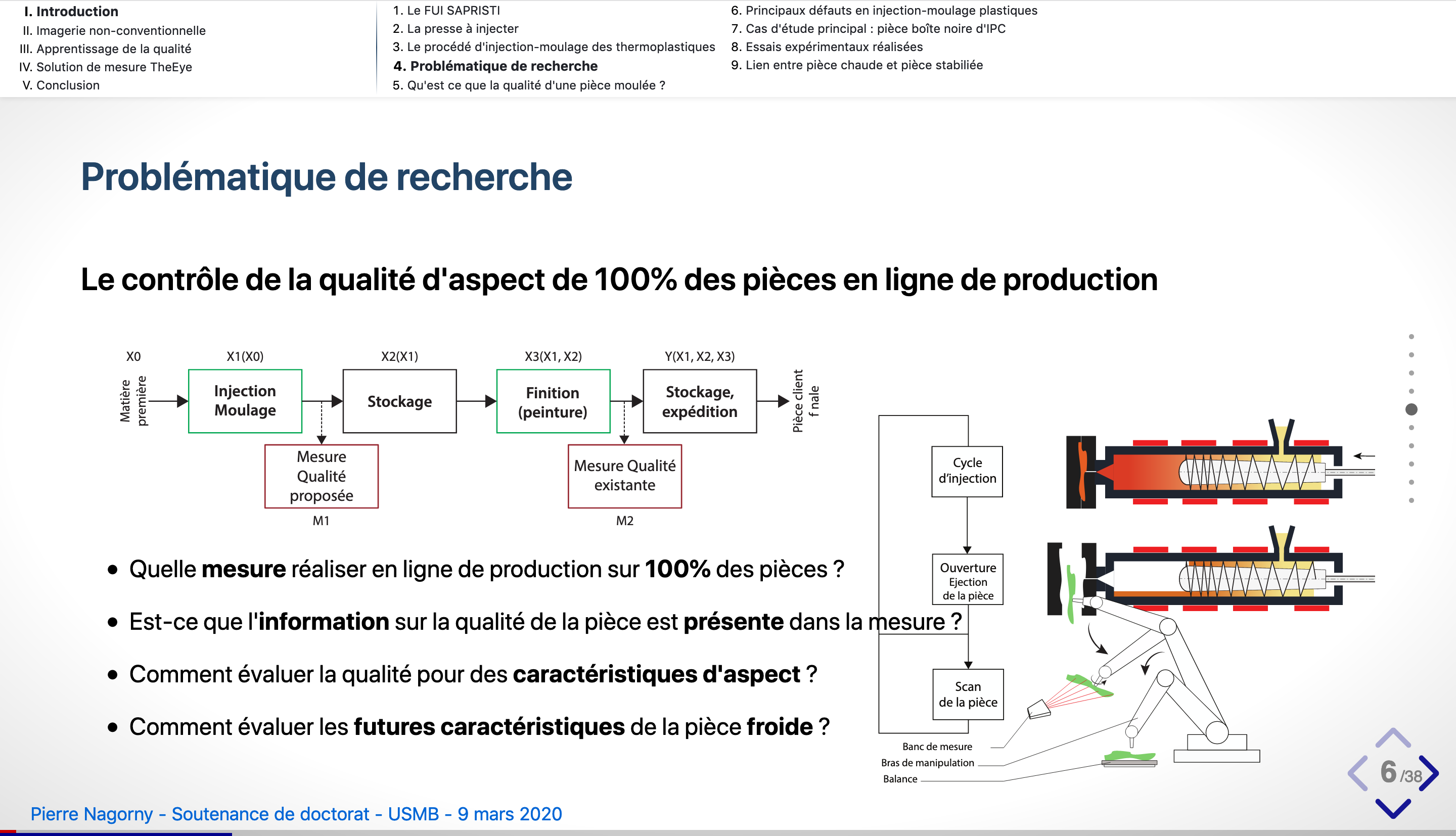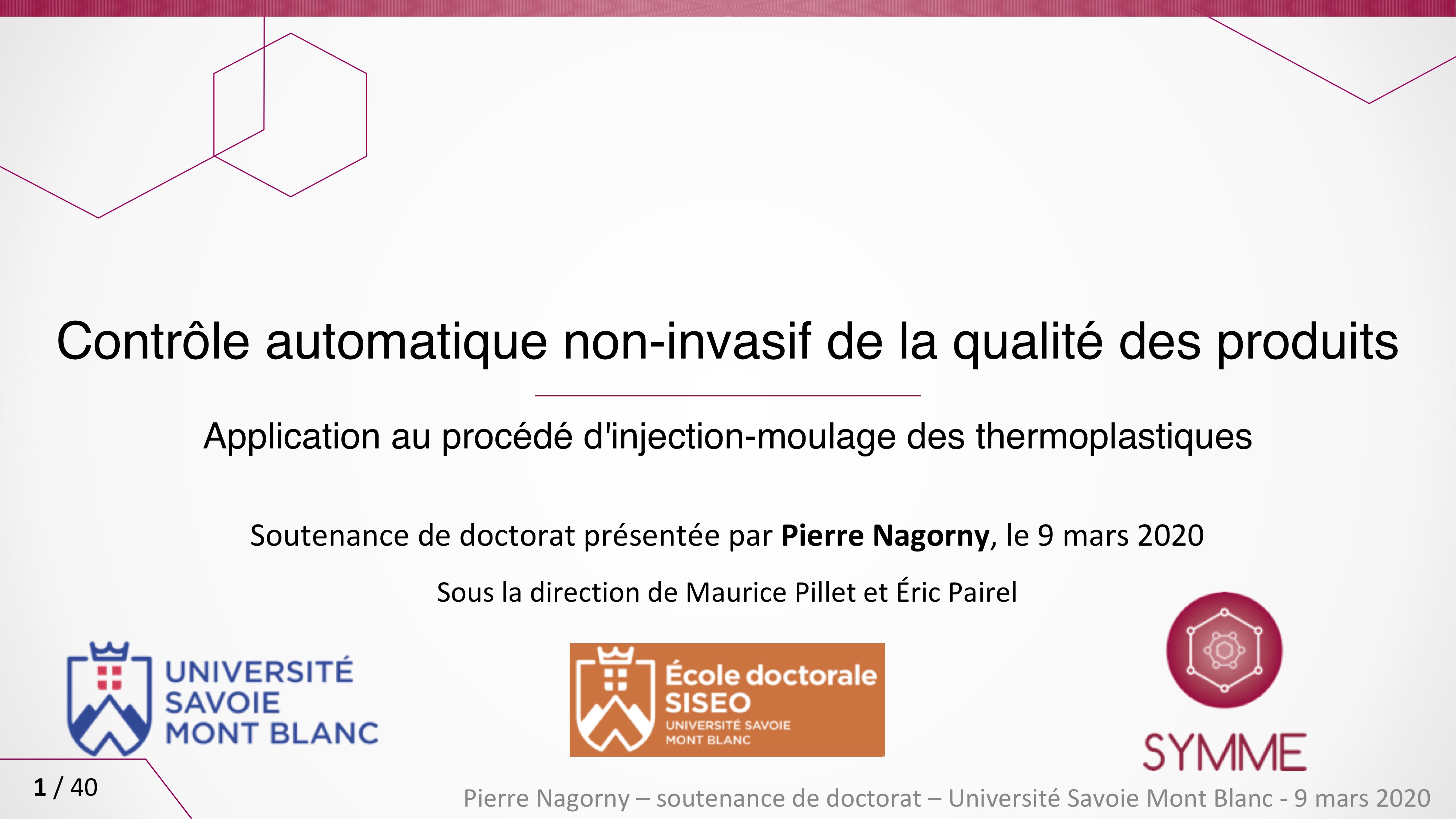Writing a PhD: non-invasive automated quality control
The scientific problem and the plan were finalized in I started writting in April 2019. I spent three full months on it in summer. Although a newborn had come in July, who limited a bit my nightowl works.

Writing my scientific outcomes was easy and fast, in comparison with the bibliographic anchor needs. As I was writting, I found I needed more precise bibliography in Machine Learning and Deep Learning, to present my outcomes. I did some last-minutes experiments in summer on semi-supervised learning. If you can avoid them, do not do that, because if it had failed, it would have be so stressful.
Then came the looonng time, supervisors corrections. Corrections helped the manuscript a lot. Particularly, I synthetized more. I put a lot of boring stuff in appendices.
But what have been even harder were supervisors modifications.
I spent two months strugueling to implement modifications I did not want to.
Finally I failed on some modification, because they would have modified the scientfic problem.
To those, I should have say no earlier.

This was my first PhD manuscript, so I learnt. The next one shall be more easy.



